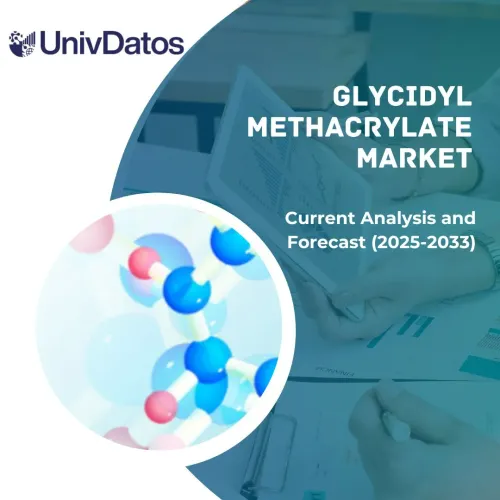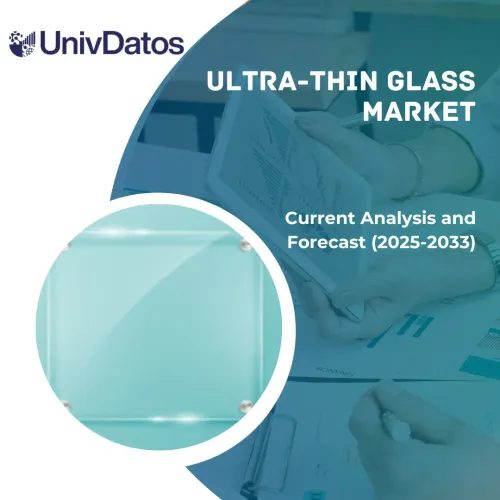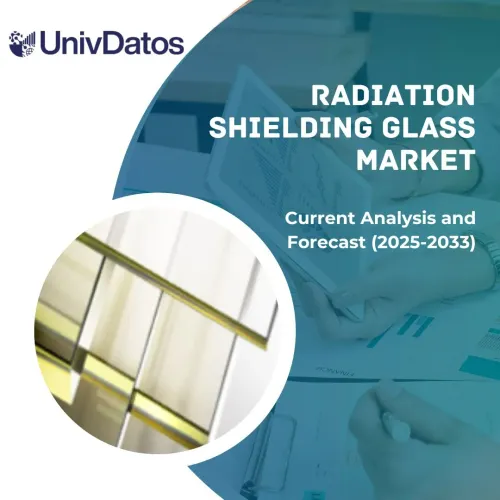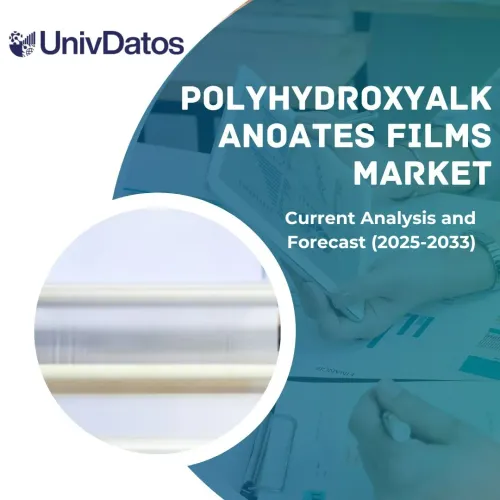- Home
- About Us
- Industry
- Services
- Reading
- Contact Us
Pigment Dispersants Market: Current Analysis and Forecast (2022-2028)
Emphasis on Pigment Type (Organic Pigment and Inorganic Pigment); Dispersion Type (Water-based and Solvent-based); Application (Decorative Paints & Coatings, Automotive Paints & Coatings, Industrial Paints & Coatings, Plastic, and Others); and Region/Country

The global pigment dispersants market is expected to grow at a significant rate of around 4% during the forecast period. The pigment dispersants market is a chemical-based industry that has seen rapid growth in recent years. Pigments are advanced materials that are utilized in various industries during their daily production and manufacturing processes. The growing demand for these pigments is due to the expanding influence of the construction, food & beverage, and manufacturing sectors. Moreover, the growing demand for printing inks, plastics & composites in various application areas, which include ceramics painting and printing, plastic and coatings manufacturing, printing on textiles, and composites production. These factors are also further propelling the growth of the market during the forecast period.
BASF SE, King Industries Inc., Dow, Ethox Chemicals LLC., Solvay S.A., The Lubrizol Corporation, Elementis plc, Kao Corporation, Palsgaard, and American Element. are some of the key players in the market. Several M&As along with partnerships have been undertaken by these players to facilitate customers with hi-tech and innovative products/technologies.
Insights Presented in the Report
“Amongst pigment type, inorganic pigment category to witness robust CAGR during the forecast period”
Based on pigment type, the market is segmented into organic pigment and inorganic pigment. Amongst, the inorganic pigment category is to witness higher CAGR during the forecast period owing to the rising demand for surface treatment activities and the rising preference for improved aesthetics in numerous industries, including construction, automotive, medical, and cosmetics is expected to drive the market growth during the forecast period. Additionally, inorganic pigments offer high strength, excellent light and weather fastness, excellent resistance towards solvent and oxidizing agents, heat stability, and consistency.
“Amongst application, the decorative paints & coatings to hold a significant share in the market in 2020”
On the basis of application, the market is categorized into decorative paints & coatings, automotive paints & coatings, industrial paints & coatings, plastic, and others. Among these, decorative paints & coatings to hold a significant share of the market in 2020 owing to the rising consumption of paints & coatings in various end-use industries, including construction, automotive, medical devices, and electrical & electronics further driving the market growth. For instance, according to the National Development and Reform Commission, the Chinese government approved 26 infrastructure projects with an estimated investment of about USD 142 billion in 2019. Furthermore, the Indian government allocated USD 63 billion for the infrastructure sector in 2019-20 and has been planning to spend USD 1.4 trillion over the next five years. The development of smart cities and other schemes, like “housing for all”, is expected to increase the demand for paints and coatings.
“APAC to hold a significant share in the market”
For a better understanding of the market adoption of the pigment dispersants industry, the market is analyzed based on its worldwide presence in the countries such as North America (U.S., Canada, Rest of North America), Europe (Germany, U.K., France, Spain, Italy, Rest of Europe), Asia-Pacific (China, Japan, India, Rest of Asia-Pacific), Rest of World. APAC is anticipated to grow at a substantial CAGR during the forecast period. This is mainly due to the availability of raw materials and low labor costs. As a result, manufacturers from various industries set up their production facilities in the Asia Pacific region to derive increased benefits. Furthermore, the easy availability of raw materials and the less stringent laws regarding VOC emissions as compared to North America and Europe will also drive pigment dispersants market growth in the region. Furthermore, rising industrialization & residential sector in China propelling the growth of the market. For instance, in China, the housing authorities of Hong Kong launched several measures to push start the construction of low-cost housing. The officials aim to provide 301,000 public housing units in 10 years till 2030.
Reasons to buy this report:
- The study includes market sizing and forecasting analysis validated by authenticated key industry experts.
- The report presents a quick review of overall industry performance at one glance.
- The report covers an in-depth analysis of prominent industry peers with a primary focus on key business financials, product portfolio, expansion strategies, and recent developments.
- Detailed examination of drivers, restraints, key trends, and opportunities prevailing in the industry.
- The study comprehensively covers the market across different segments.
- Deep dive regional level analysis of the industry.
Customization Options:
The global pigment dispersants market can further be customized as per the requirement or any other market segment. Besides this, UMI understands that you may have your own business needs, hence feel free to contact us to get a report that completely suits your requirements.
Table of Content
Research Methodology for the Pigment Dispersants Market Analysis (2022-2028)
Analyzing the historical market, estimating the current market, and forecasting the future market of the global pigment dispersants market were the three major steps undertaken to create and analyze the adoption of a pigment dispersants market in major regions globally. Exhaustive secondary research was conducted to collect the historical market figures and estimate the current market size. Secondly, to validate these insights, numerous findings and assumptions were taken into consideration. Moreover, exhaustive primary interviews were also conducted, with industry experts across the value chain of the global Pigment Dispersants Market. Post assumption and validation of market numbers through primary interviews, we employed a top-down/bottom-up approach to forecasting the complete market size. Thereafter, market breakdown and data triangulation methods were adopted to estimate and analyze the market size of segments and sub-segments of the industry pertains to. Detailed methodology is explained below:
Analysis of Historical Market Size
Step 1: In-Depth Study of Secondary Sources:
Detail secondary study was conducted to obtain the historical market size of the pigment dispersants market through company internal sources such as annual reports & financial statements, performance presentations, press releases, etc., and external sources including journals, news & articles, government publications, competitor publications, sector reports, third-party database, and other credible publications.
Step 2: Market Segmentation:
After obtaining the historical market size of the Pigment Dispersants Market, we conducted a detailed secondary analysis to gather historical market insights and share for different segments & sub-segments for major regions. Major segments are included in the report as pigment type, dispersion type, and application. Further country-level analyses were conducted to evaluate the overall adoption of testing models in that region.
Step 3: Factor Analysis:
After acquiring the historical market size of different segments and sub-segments, we conducted a detailed factor analysis to estimate the current market size of the Pigment Dispersants Market. Further, we conducted factor analysis using dependent and independent variables such as various pigment type, dispersion type, and applications of all-terrain vehicles. A thorough analysis was conducted for demand and supply-side scenarios considering top partnerships, mergers and acquisitions, business expansion, and product launches in the Pigment Dispersants Market sector across the globe.
Current Market Size Estimate & Forecast
Current Market Sizing: Based on actionable insights from the above 3 steps, we arrived at the current market size, key players in the global pigment dispersants market, and market shares of the segments. All the required percentage shares split, and market breakdowns were determined using the above-mentioned secondary approach and were verified through primary interviews.
Estimation & Forecasting: For market estimation and forecast, weights were assigned to different factors including drivers & trends, restraints, and opportunities available for the stakeholders. After analyzing these factors, relevant forecasting techniques i.e., the top-down/bottom-up approach were applied to arrive at the market forecast for 2028 for different segments and sub-segments across the major markets globally. The research methodology adopted to estimate the market size encompasses:
- The industry’s market size, in terms of revenue (USD) and the adoption rate of the Pigment Dispersants Market across the major markets domestically
- All percentage shares, splits, and breakdowns of market segments and sub-segments
- Key players in the global pigment dispersants market in terms of products offered. Also, the growth strategies adopted by these players to compete in the fast-growing market
Market Size and Share Validation
Primary Research: In-depth interviews were conducted with the Key Opinion Leaders (KOLs) including Top Level Executives (CXO/VPs, Sales Head, Marketing Head, Operational Head, Regional Head, Country Head, etc.) across major regions. Primary research findings were then summarized, and statistical analysis was performed to prove the stated hypothesis. Inputs from primary research were consolidated with secondary findings, hence turning information into actionable insights.
Split of Primary Participants in Different Regions
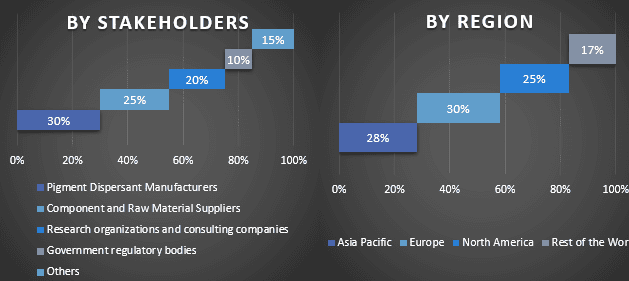
Market Engineering
The data triangulation technique was employed to complete the overall market estimation and to arrive at precise statistical numbers for each segment and sub-segment of the global pigment dispersants market. Data was split into several segments & sub-segments post studying various parameters and trends in the areas of pigment type, dispersion type, and application in the global pigment dispersants market.
The main objective of the Global Pigment Dispersants Market Study
The current & future market trends of the global pigment dispersants market were pinpointed in the study. Investors can gain strategic insights to base their discretion for investments on the qualitative and quantitative analysis performed in the study. Current and future market trends determined the overall attractiveness of the market at a regional level, providing a platform for the industrial participant to exploit the untapped market to benefit from a first-mover advantage. Other quantitative goals of the studies include:
- Analyze the current and forecast market size of the pigment dispersants market in terms of value (USD). Also, analyze the current and forecast market size of different segments and sub-segments
- Segments in the study include areas of pigment type, dispersion type, and application.
- Define and analysis of the regulatory framework for the pigment dispersants market.
- Analyze the value chain involved with the presence of various intermediaries, along with analyzing customer and competitor behaviors of the industry.
- Analyze the current and forecast market size of the pigment dispersants market for the major region.
- Major countries of regions studied in the report include Asia Pacific, Europe, North America, and the Rest of the World.
- Company profile of the Pigment Dispersants Market and the growth strategies adopted by the market players to sustain in the fast-growing market
- Deep dive regional level analysis of the industry
Related Reports
Customers who bought this item also bought






